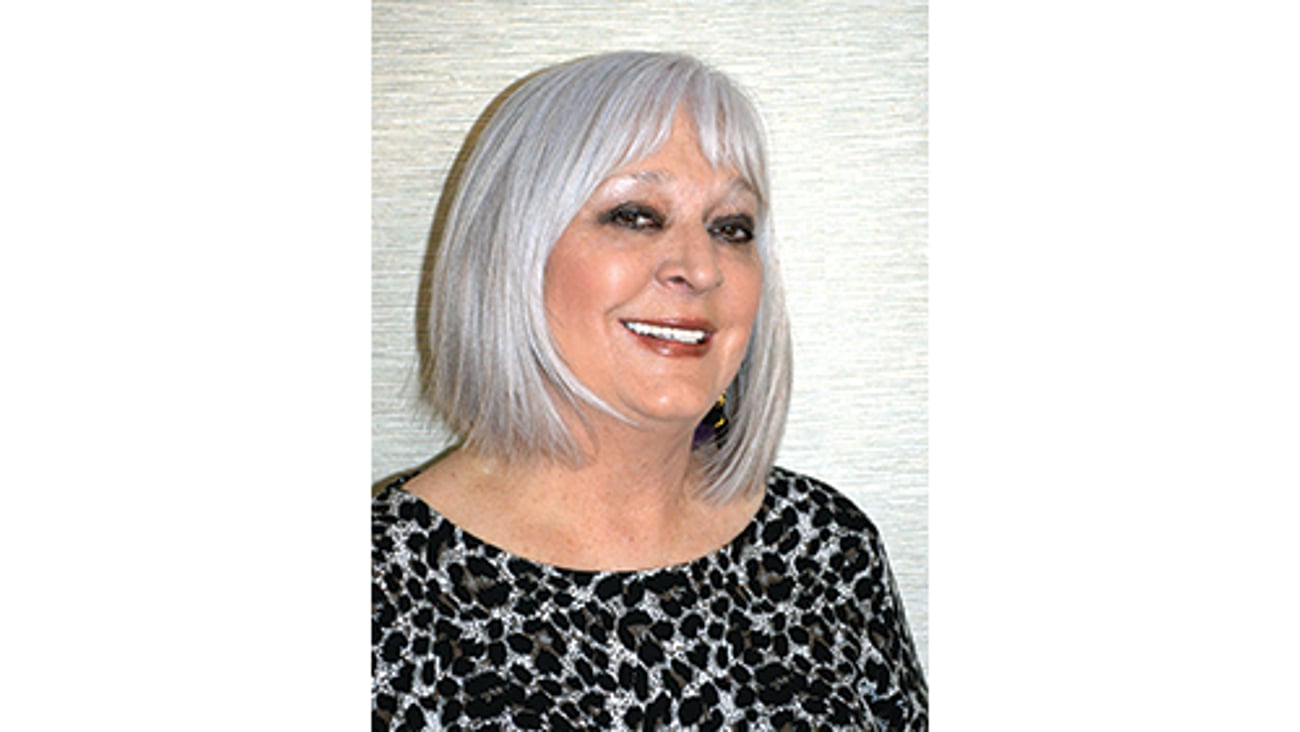How pharmacists can grow their profile in the healthcare ecosystem
Pharmacists have long been an important part of the U.S. healthcare system, yet there is opportunity for them to take on a larger role in the ecosystem. This is particularly the case when it comes to patient care, which can significantly offset the current burden on physicians and contribute to improved patient outcomes in the face of the current pandemic and beyond. While there is no downplaying the primary role of the physician, pharmacists are often considered the most accessible and one of the most trusted of any healthcare professional.
Yet, today’s pharmacists have been artificially restricted from more meaningful contributions, even before the onset of the COVID-19 pandemic. The American healthcare system has become sidetracked with a multitude of issues. In order to remedy the diminished role of pharmacists in the healthcare ecosystem, the industry must rectify a few key issues.
For one, because pharmacists can only bill under the pharmacy benefit, they are currently undercompensated for their service and have no incentive to do more. In fact, some physicians and even pharmacists argue that there is no good reason to expand the pharmacist’s role. Any conversations about the expansion of pharmacy services or pharmacists’ scope of practice must also consider how they will be paid. This could include the expanded ability to bill medical insurance for consultation and patient education, followed by documentation into an electronic health record. Pharmacists are not coming to take away jobs, but they are needed for better health care.
Second, the continuum of care and amplifying the role of pharmacists remain important because America is facing a marked shortage of physicians, as many are part of the baby boomer generation and are retiring, which subsequently is increasing the need for healthcare providers. Pharmacists can bridge some of the shortage by offering more care management and patient follow-up into their respective pharmacy practice. The Association of American Medical Colleges forecasts the shortfall will be between 54,100 and 139,000 physicians by 2033. The shortage problem is not specific to one branch of care either — about half of the projected shortfall represents primary care doctors and the other half represents specialists. By upping their role and treating them as part of the medical team, today’s pharmacists can be better equipped to meaningfully contribute to patient care, build relationships with physicians and add more revenue.
Finally, pharmacists must have access to the technologies that are suitable to support a more prominent role in patient care. Innovations such as prescription delivery platforms that allow for direct integration into a pharmacy’s system can become an important piece of the puzzle. They enable the pharmacist to see whether patients are picking up their medication or abandoning it. They are more likely to know if the patient is getting the supplies needed to properly administer complex therapy. Consider that as of 2016, almost half of Americans took at least one prescription every day, and 24% took three or more. At ScriptDrop, we saw firsthand how something as simple as picking up medication from a local pharmacy was deemed dangerous when the pandemic hit. And with “shelter in place” orders staying in effect for weeks, it impacted pharmacists who needed additional options for home delivery.
It is obvious that pharmacists can and do make a positive impact on American health care, but the entire industry needs to be willing to recognize, embrace and support them as more responsibilities are added to their roles. That is why it is essential to pair our recognition for improving their working conditions, reimbursement and access to technology if we want to expand and transform their role in health care.
Amanda Epp is the CEO of ScriptDrop.





